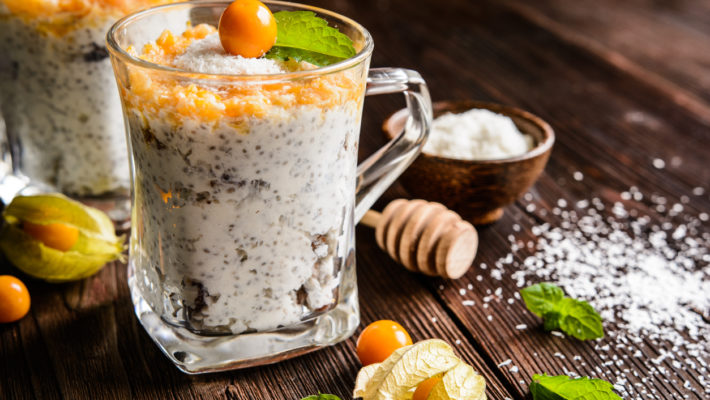
Probiotics & Prebiotics: Trillions Of Friends You Never Knew You Had
What Are They?
Probiotics are considered the “good” bacteria that live in the body. They are live organisms that help with digestion and may aid in immune system response. They can be wiped out by stress, age, antibiotics and travel. Prebiotics are non-digestible carbohydrates that provide a food source for all the “good” bacteria in the gut. When the food source is present the “good” bacteria can grow and flourish.
Why Should I Take Them?
- To help restore the balance between “good” and “bad” bacteria in the gut
- To reduce bloating, gas, diarrhea or constipation,and indigestion
- To prevent diarrhea or yeast infections while taking an antibiotic
- To reduce yeast infections in women (RePhresh®)
- To lower blood pressure and cholesterol (Cardiovivo®)
- Possibly effective for atopic dermatitis
- To treat Irritable Bowel Syndrome
- Possibly to strengthen the immune system
How To Take Them?
An effective dose for treatment is 5 to 10 billion units a day for a child & 10-20 billion units a day for an adult.
After a month of treatment and achieving optimal levels, a maintenance dose can be used. A maintenance dose is usually 1-2 billion units a day.
If taking an antibiotic, take them at least 2 hours after your dose, for the entire antibiotic course plus an extra week.
Ask our pharmacist about use in infants, children, pregnancy and breastfeeding.
Foods Rich In Probiotics
- Yogurt
- Fermented foods:
- Sauerkraut, Miso, Pickles
- Buttermilk
- Cheese
- Kefir
- Kombucha Tea
Foods Containing Prebiotics
- Bananas
- Oatmeal
- Asparagus
- Beans


Leave a Reply
You must be logged in to post a comment.